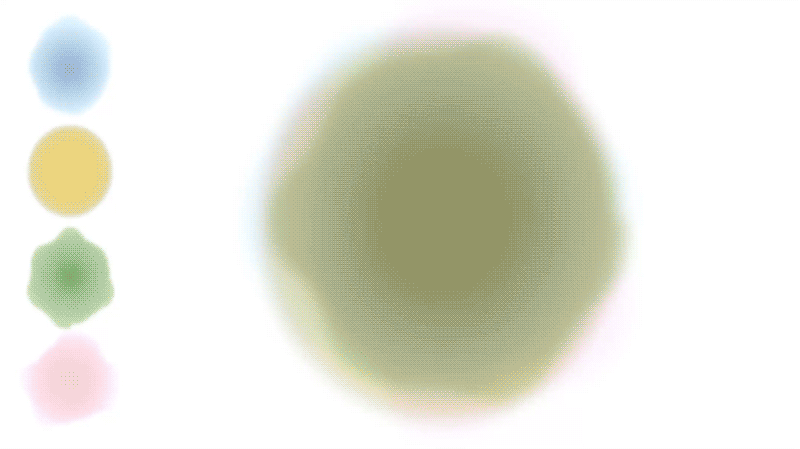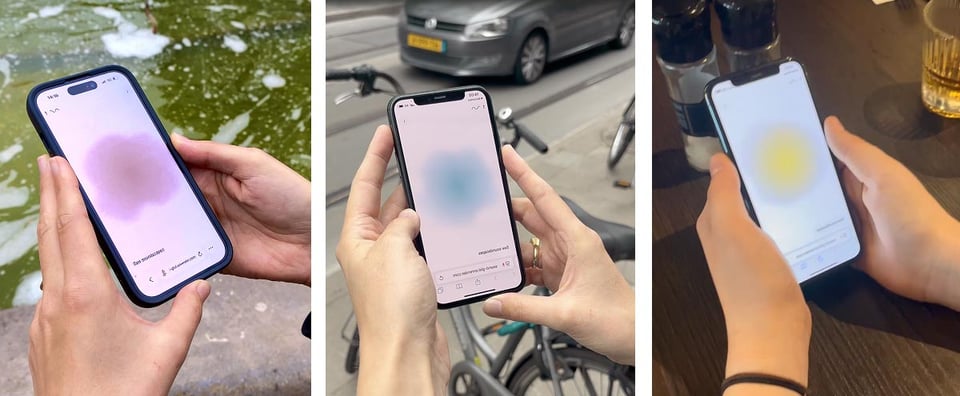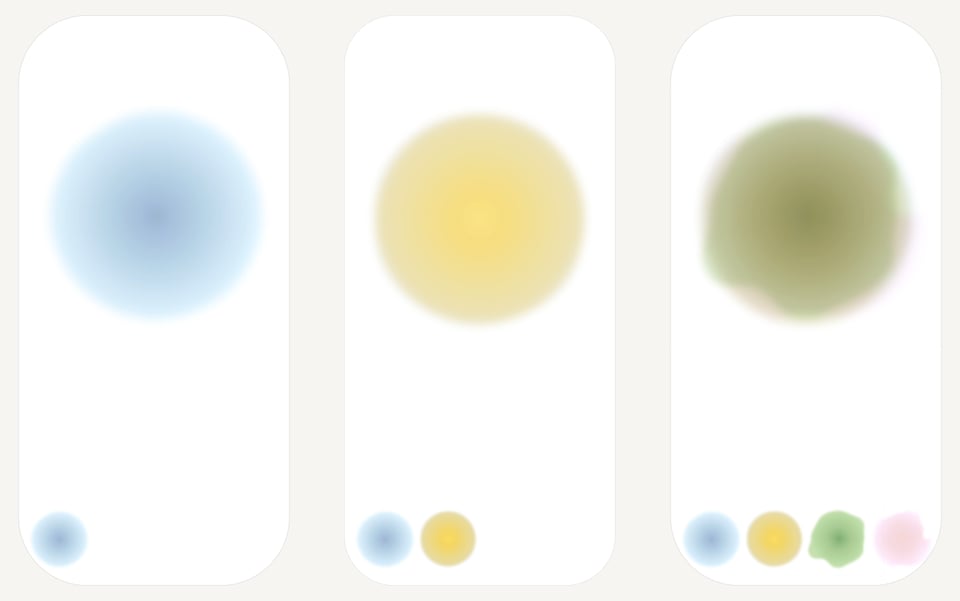What if brands could truly listen?
The first experiment from our ongoing research into how technology could change the way brands express themselves, in digital, spatial, and sensory ways.
You are reading Future Visions, a newsletter by Uncommon Practice. This edition introduces the first experiment from our ongoing research into how technology could change the way brands express themselves, in digital, spatial, and sensory ways. Each experiment starts with curiosity and ends with a glimpse of what’s next.
How might brands express themselves if they could truly listen?
To explore that question, we teamed up with Brussels-based creative developer Laura Conant. Laura imagined what it might look like if a website could respond to the sound of its surroundings. Not just from one individual visitor, but from everyone connected simultaneously.
The result is a living visual. It changes color based on the collective ambient sound of all current visitors.

In the image above, the small gradients on the left represent the ambient sound of connected individuals, while the large one shows their combined sound.
We loved this idea: quiet rooms, traffic outside, a dog barking, background music… they all leave a trace.

Why We Built It
We wanted to see how sound could shape visual expression in real time. As the shape moves and reacts, we felt something subtle, poetic happens.

That’s where it gets interesting to us. Anything that shifts communication from rational to sensory tends to make it more noticeable, more memorable.
Why it matters
As search engines and LLMs increasingly mediate how people access information, fewer visitors arrive at a website directly. The role of a website itself is changing: from source of information to place of experience.
We believe that in order to stand out, brands will need to design digital spaces that make people feel something. Places worth visiting for the experience, not just the content.
Sound is just one possible input. But we like that it’s rich in context, mood, and collective presence.
Responsive identities
This experiment also hints at a shift from static identity to responsive identity: systems that adapt to environment, audience, or emotion.
We’ve always been intrigued by this. Imagine a sound brand, record label, music venue or even a retail space that adjusts in real time to the collective mood around it. It sure would make a connection.
How it Works
Laura: "Each visitor’s device captures ambient sound through its microphone. The Web Audio API analyzes the frequency spectrum: low, mid, and high tones. A GLSL shader translates those into color. Through a WebSocket connection, everyone’s data merges into one evolving gradient."
Try it yourself
Try our proof-of-concept yourself over here. Tip: try opening on a few different devices at once.
Before we go
- Like us, Laura Conant enjoys creating digital experiences that encourage exploration and reimagine how we engage with technology. Check out some of her other work.
- Keep an eye on our Instagram, where we’ll share video of this experiment.
- In this age of AI, it’s time for a Warmer Web. Read our ethos.
Until next time,
Thomas Byttebier,
Uncommon Practice